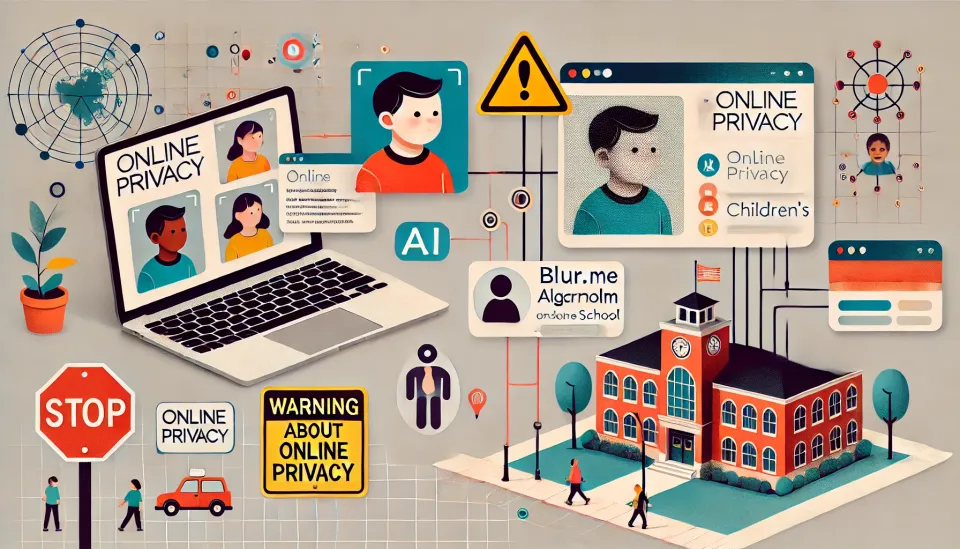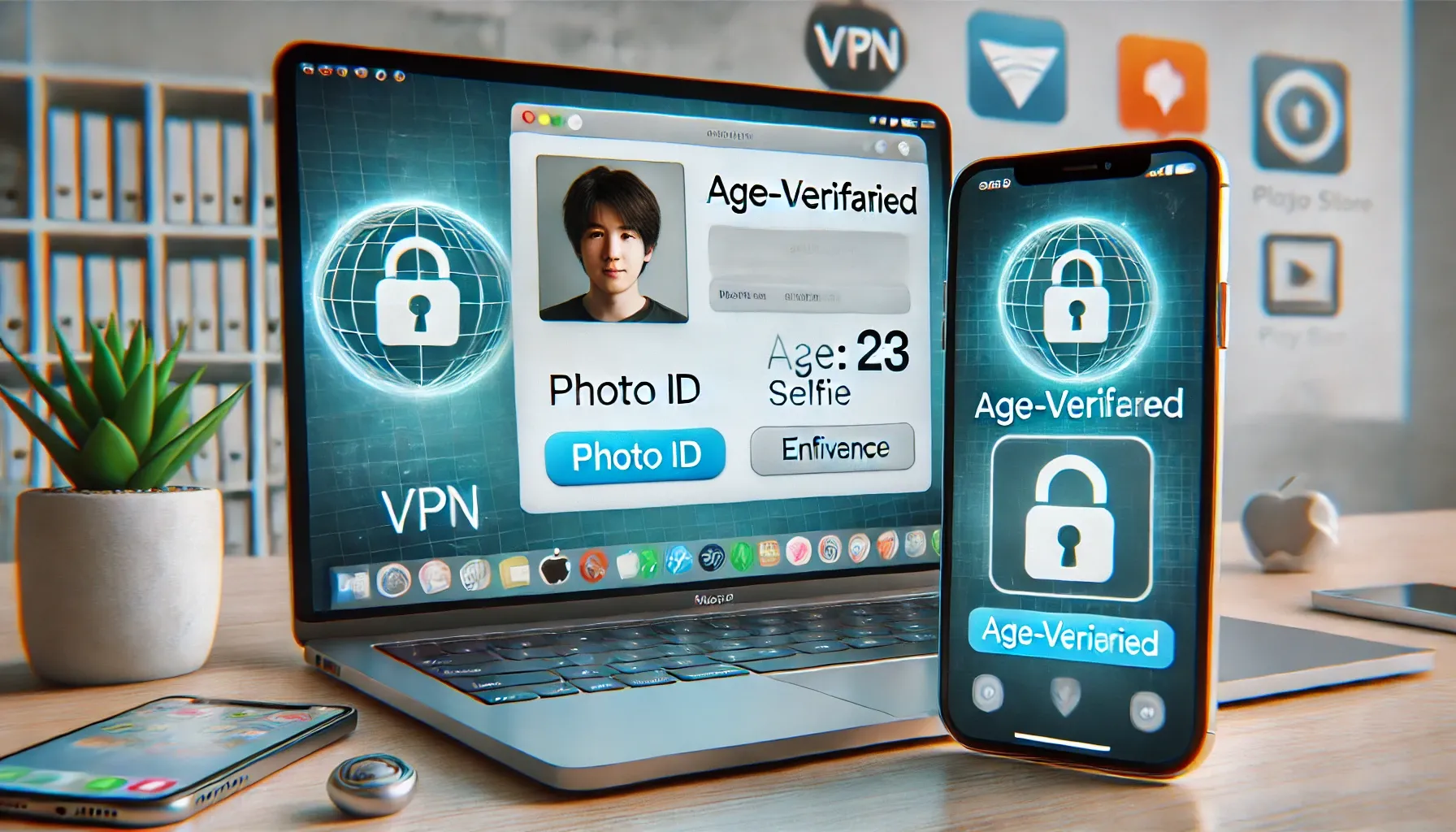Using GPG to Verify the Trustworthiness of Media in the Age of Social Media
In the digital age of rampant fake news, verifying media authenticity is crucial. GNU Privacy Guard (GPG) offers robust digital signatures to ensure content integrity. By adopting GPG, journalists and platforms can build trust and combat misinformation effectively.

In the digital age, where information spreads at an unprecedented speed and fake news can influence public opinion and political landscapes, verifying the authenticity of media has become a critical challenge. One powerful tool that can help in this battle is GNU Privacy Guard (GPG). Known primarily for its role in securing communications, GPG also offers robust features for verifying the trustworthiness of digital media.
Understanding GPG
GNU Privacy Guard, or GPG, is an open-source encryption software that implements the OpenPGP standard. It allows users to encrypt data and create digital signatures, ensuring the confidentiality and integrity of information. While its encryption capabilities are well-known, its ability to sign and verify digital content is equally crucial in the fight against fake news.
Digital Signatures and Media Trust
A digital signature is akin to a handwritten signature or a stamped seal, but it is much more secure. It uses cryptographic techniques to ensure that the signed content has not been altered. When a piece of media is signed with GPG, the signature can be verified by anyone with the public key of the signer. This verification confirms that the content is indeed from the claimed source and has not been tampered with.
How GPG Signatures Work
- Creating a Signature: When a journalist or a news organization wants to publish a piece of content, they can use GPG to create a digital signature. This involves generating a hash (a fixed-size string of bytes) of the content and then encrypting this hash with their private key.
- Distributing the Public Key: The public key corresponding to the private key used for signing must be distributed. This key can be shared via key servers or directly with the audience.
- Verifying the Signature: When someone receives the signed content, they can use the public key to decrypt the signature. By comparing the decrypted hash with a newly computed hash of the received content, they can verify its authenticity and integrity.
Applying GPG to Media Verification
News Articles and Reports
Journalists and news agencies can sign their articles and reports before publication. Readers can then verify the signatures to ensure that the content is genuinely from the purported source and has not been altered. This practice can significantly reduce the spread of fake news and manipulated content.
Multimedia Content
The principle of digital signatures extends beyond text to multimedia content such as images, audio, and videos. By signing these files, content creators can assure their audience of the authenticity of their work. This is particularly important in an era where deepfakes and doctored images are becoming more sophisticated and harder to detect.
Social Media and User-Generated Content
Platforms can implement GPG-based verification for user-generated content. Verified users could sign their posts, comments, and media uploads. Other users could then verify the authenticity of this content, creating a more trustworthy social media environment.
Challenges and Considerations
While GPG offers a robust solution, there are challenges to its widespread adoption:
- Public Awareness and Education: The general public needs to be educated about digital signatures and how to verify them. Without widespread understanding, the benefits of GPG cannot be fully realized.
- Distribution of Public Keys: Ensuring that public keys are readily available and authentic is crucial. Key servers and trusted distribution methods are necessary to prevent key spoofing.
- Integration with Existing Platforms: News outlets and social media platforms must integrate GPG verification seamlessly into their workflows and user interfaces. This requires technical investment and a commitment to promoting digital literacy.
Conclusion
In the ongoing battle against fake news, GPG offers a powerful tool for verifying the authenticity and integrity of digital media. By adopting digital signatures, content creators and platforms can build trust with their audiences and contribute to a more truthful and reliable information ecosystem. As public awareness and technological integration improve, GPG has the potential to become a cornerstone in the fight for media trustworthiness in the digital age.




